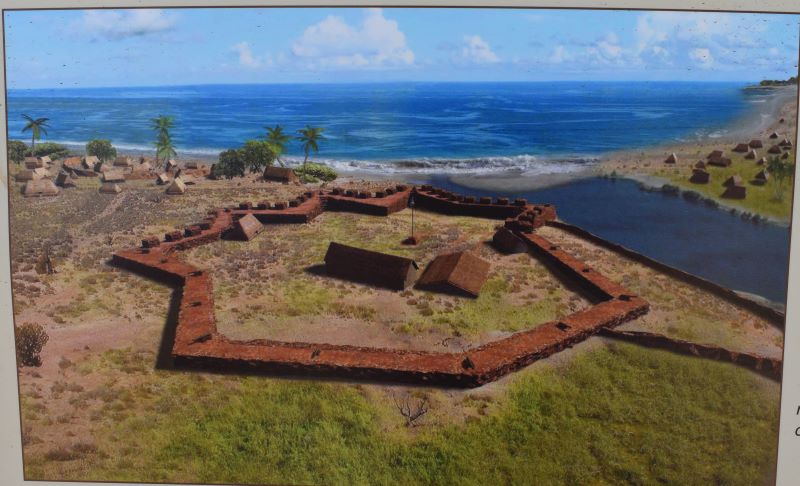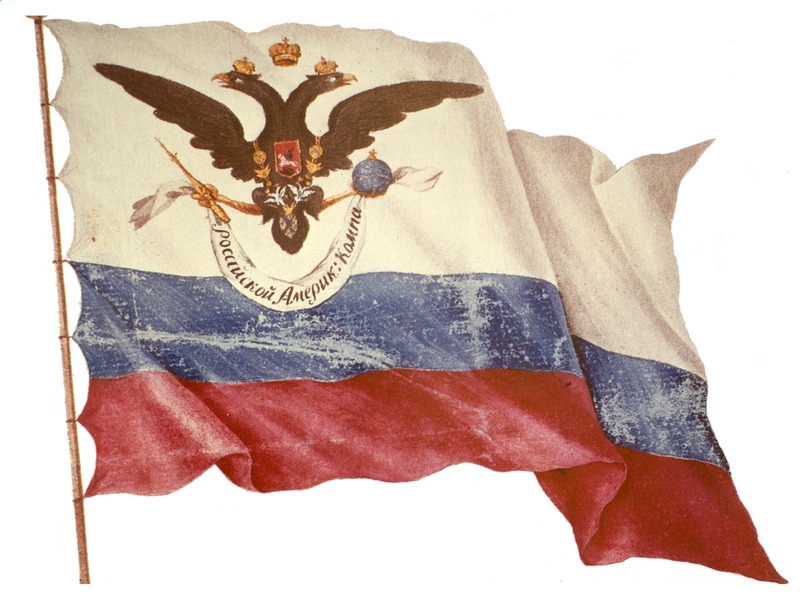At the end of the 18th/early 19th century, Russia was trying to get into the expansion game to compete with European nations. In 1799, Emperor Paul I created the nation’s first joint-stock company, a publicly funded venture where shareholders invest in the organization. This group was called the “Russian-American Company” and the goal was trade and colonization.
The Russian-American Company
Within 5 years of its founding, the Russian-American Company (RAC) had established a thriving capital in New Archangel, which is present-day Sitka, Alaska. Naval labor in Russia was difficult to find, as the nation was still operating under a system of serfdom, which kept peasants tied to the land and unavailable or incapable of becoming sailors quickly or easily. As a result, Native people in the area were forcibly conscripted for three year terms to hunt sea otters and provide the RAC with lucrative pelts and other goods for trading.
Russia sent a number of expeditions to develop trade routes and expand Russian naval expertise. One such trip was a global circumnavigation from 1803-1806, where Russian ships first visited Hawaii.
During this time, Russia established trade with what is today the western coast of the United States and present-day Oregon, Washington and California.
The United States had also established a Pacific trade system in the region, and by 1810 Russia was negotiating with the American ambassador John Quincy Adams to establish a southern border for Russia, who was claiming ownership of the entire northwestern American Pacific coast from the Bearing Strait through modern-day Canada to the Columbia River at the border of modern-day Washington & Oregon.
Meanwhile in Hawaii...
The Hawaiian islands have only been populated for about 1500 years, when the Polynesians arrived around 500AD following a 3,000 mile journey. Over the years, independent kingdoms were established on the various islands, which inevitably led to alliances and rivalries.
In the late 1700’s the first Westerners arrived when English Captain James Cook landed on the shores of Kauai in 1778. Cook christened the islands the “Sandwich Islands” after his expedition’s sponsor, the Earl of Sandwich. The ultimate fate of Cook and his crew is an interesting tale (spoiler alert: he doesn’t make it out alive), but despite his experience, the Hawaiian islands became a common trade port.
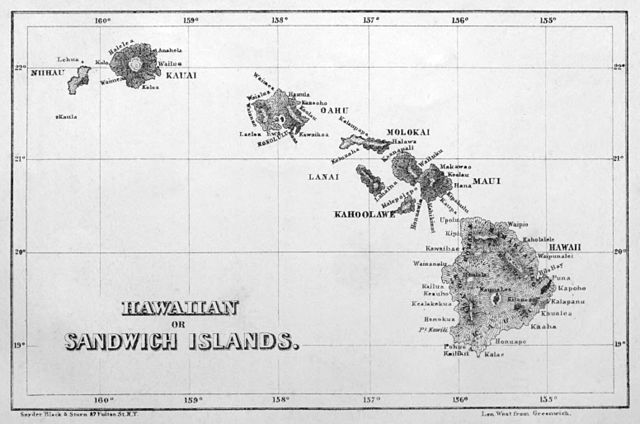
Kamehameha I Conquers Hawaii (mostly)
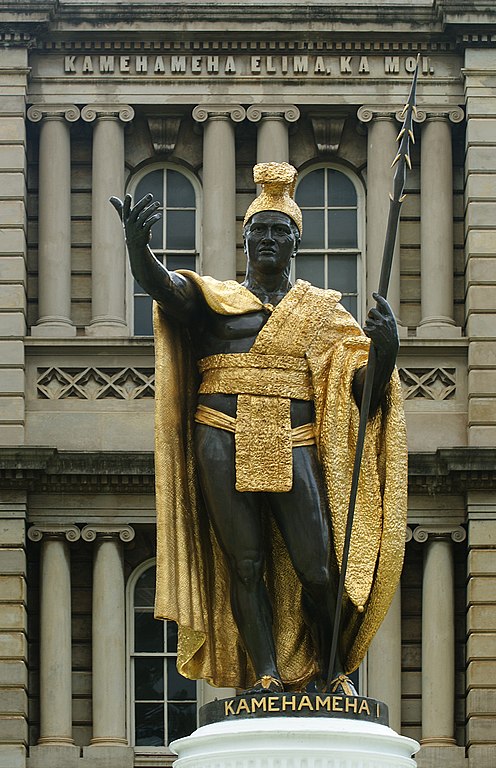
Kamehameha is believed to have been born on the island of Hawaii, also known as the “Big Island” for its size relative to the others in the chain. He was raised in the court and is reported to have risen up through the ranks as he grew up.
There was a prophecy that the ruler who would unite the islands would be the one who could move the Naha Stone, a large volcanic rock brought to Hawaii from the island of Kauai. Evidently, Kamehameha was able to move the stone at the age of 14 and a legend was born. (you can see this stone in front of the Hilo Public Library today!)
Whether he actually moved the stone or not, he began to amass supporters and his conquest of the other Hawaiian islands began. It was in this turmoil that the Russian-American Company arrived on Kauai. The RAC arrived because of a shipwreck which had washed supplies up on the shores of Kauai. A German physician, Georg Schaffer, was sent as an emissary to recover the goods. What he found was a very volatile environment, which he soon exploited.
Kamehameha had conquered all of the inhabited islands except for Kauai, despite failed attempts to do so. Kauai’s ruler, King Kaumuali’i, evidently got along with Schaffer very well and the two men hatched a plan.
In 1816, Kaumuali’i signed a treaty with Schaffer to grant Tsar Alexander I or Russia as protectorate of Kauai. Kaumuali’i planned to use his new alliance to not only push back on Kamehameha’s advances but to overcome him entirely and become the first king of unified Hawaiian islands.
Fort Elizabeth is Built
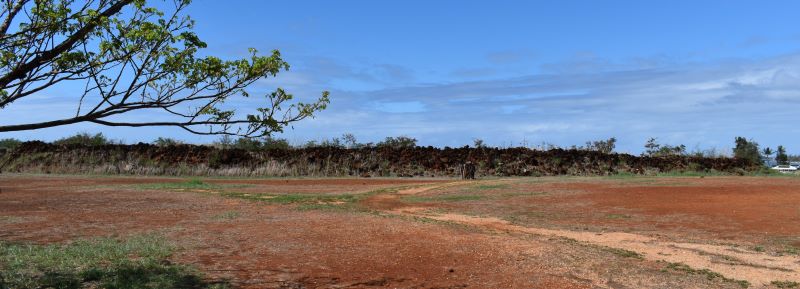
By 1817, Kaumuali’i and Schaffer’s grand plans were in full swing and two forts were built on Kauai. Fort Elizabeth, named for the Empress of Russia at the time, was built by the Hawaiians as part of the treaty on the southern side of the island. Two other forts, no longer remaining, were built on the north side of the island.
Fort Elizabeth had walls that were 20 feet (6 meters) high and 300-450 feet across. It was built in an octagon shape with the sides facing the sea built as points in a star pattern for additional protection.
Schaffer and Kaumuali’i began planning the assault to overthrow Kamehameha. Upon sending the appeal for troops and supplies, however, it was revealed that Schaffer didn’t actually have the authority of Russia to do any of this! He was forced to leave in disgrace in 1817 as a major blunder for the RAC.
Fort Elizabeth was never occupied by Russian forces and eventually the Hawaiians laid claim to the land, renaming the site “Pa’ula’ula” which means “red enclosure”.
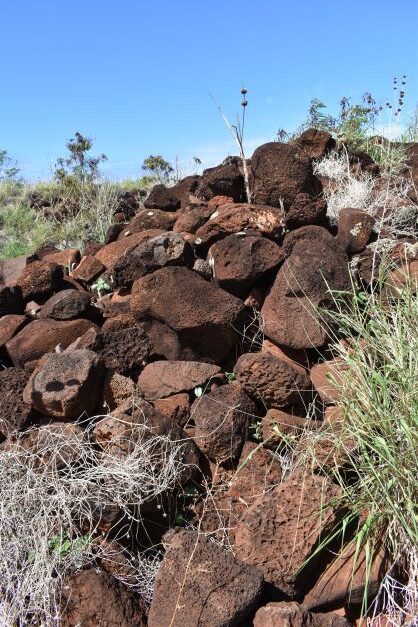
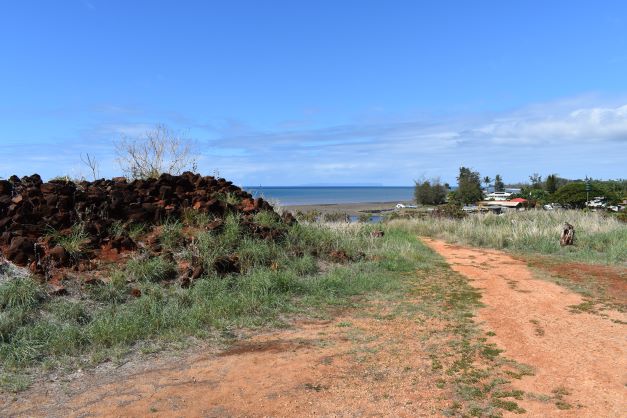
In 1821, Kaumuali’i was captured and taken to Hawaii and by 1824 Pa’ula’ula was held by forces loyal to Kamehameha’s successor, his son Liholiho.
Eventually, Kaumuali’i and his son succumb to rule by the Kamehameha monarchy and Kauai falls under unified Hawaiian rule.
By the 1850’s the fort is in ruins and by the 1860’s the weapons are removed and the site abandoned. Hawaii became the 50th state in 1959 and in 1962 the fort was deemed a National Historic Landmark. The site is definitely worth a stop!
Epliogue
I would be remiss to leave Schaffer’s story with his turn-tail departure from Kauai. The RAC tried suing him for compensation of what they claimed to have lost during his escapades in Kauai but he counter-sued and eventually the RAC found it easier to just send him back to Germany.
His story doesn’t end there, however, as he organized a group of Germans to move to Brazil in 1822 and was granted land by the Brazilian government to establish “Frankenthal”, the first successful German settlement in Brazil.
He returned to Germany, styling himself as a diplomat there on behalf of the Brazilian government (sound familiar?) and effectively began an emigration program between Germany and Brazil. He is credited for bringing more than 5,000 Germans to Brazil in the 1820’s.
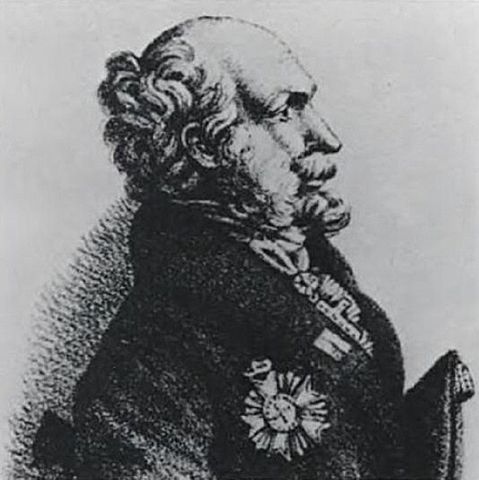
He required emigrants to sign contracts, which failed to mentioned there was a compulsory military service in Brazil for unmarried men. Twice he petitioned to the king of Brazil for titles, once asking to be made a marquis and later as an ambassador, but both were denied. Despite these setbacks, he remained in Brazil until his death in 1836.

